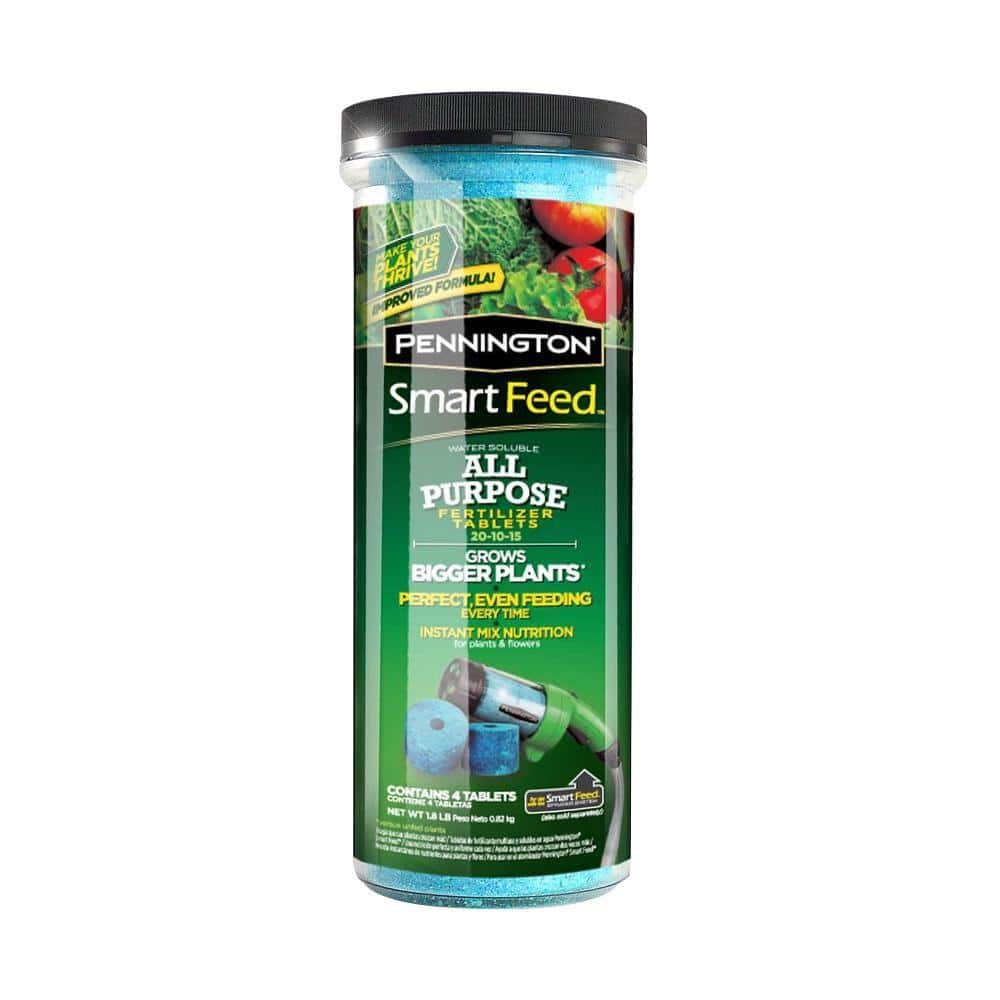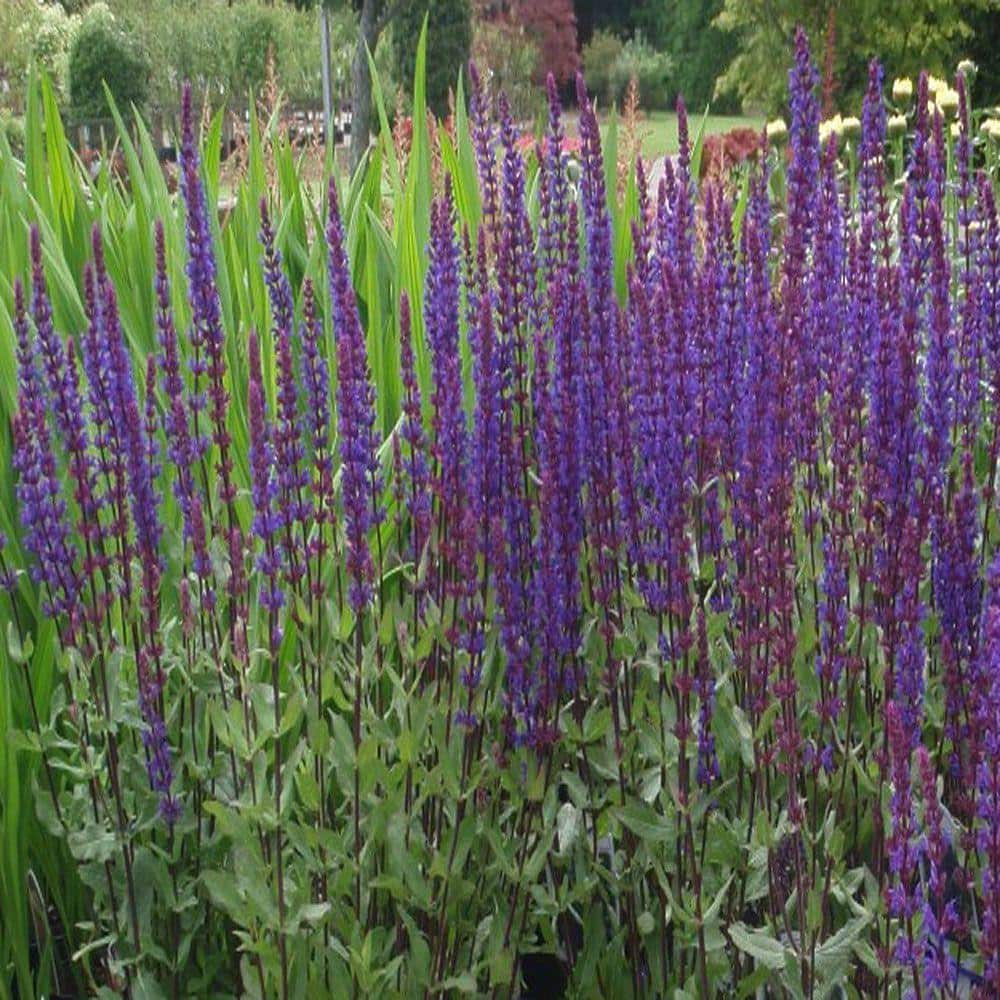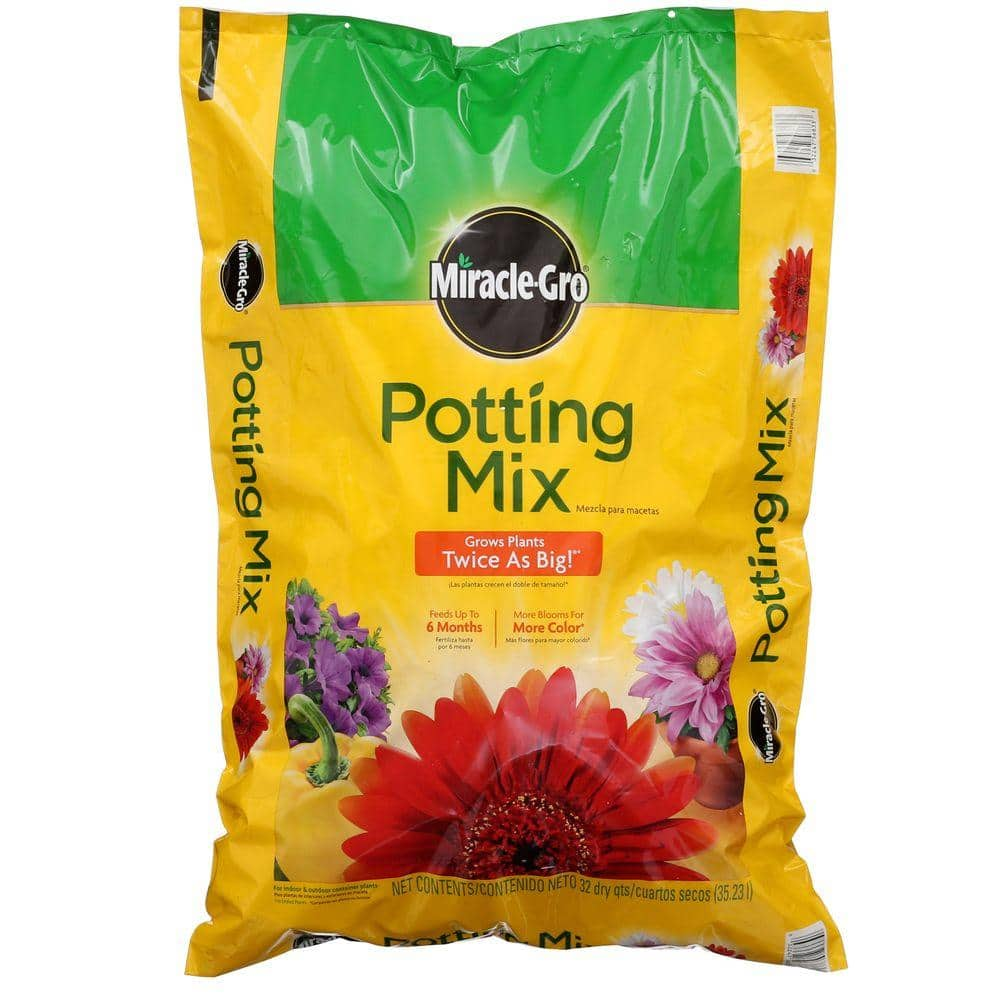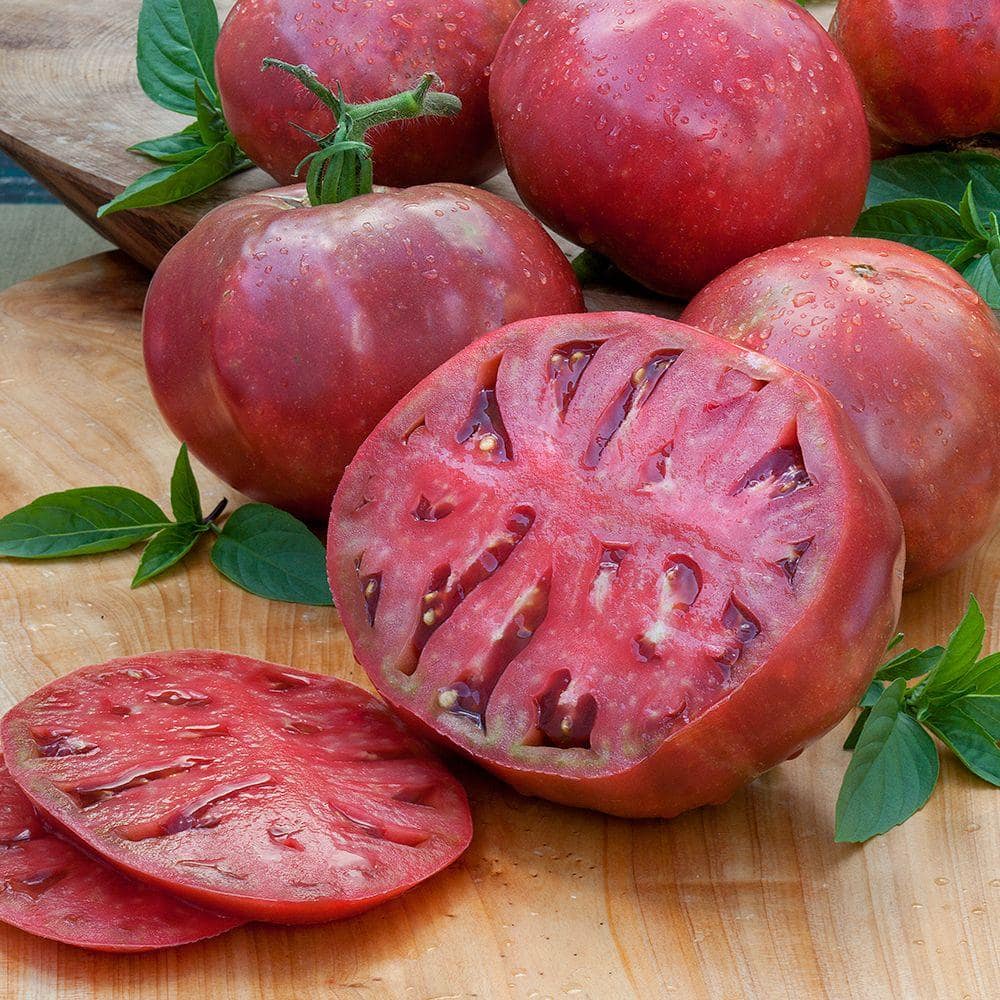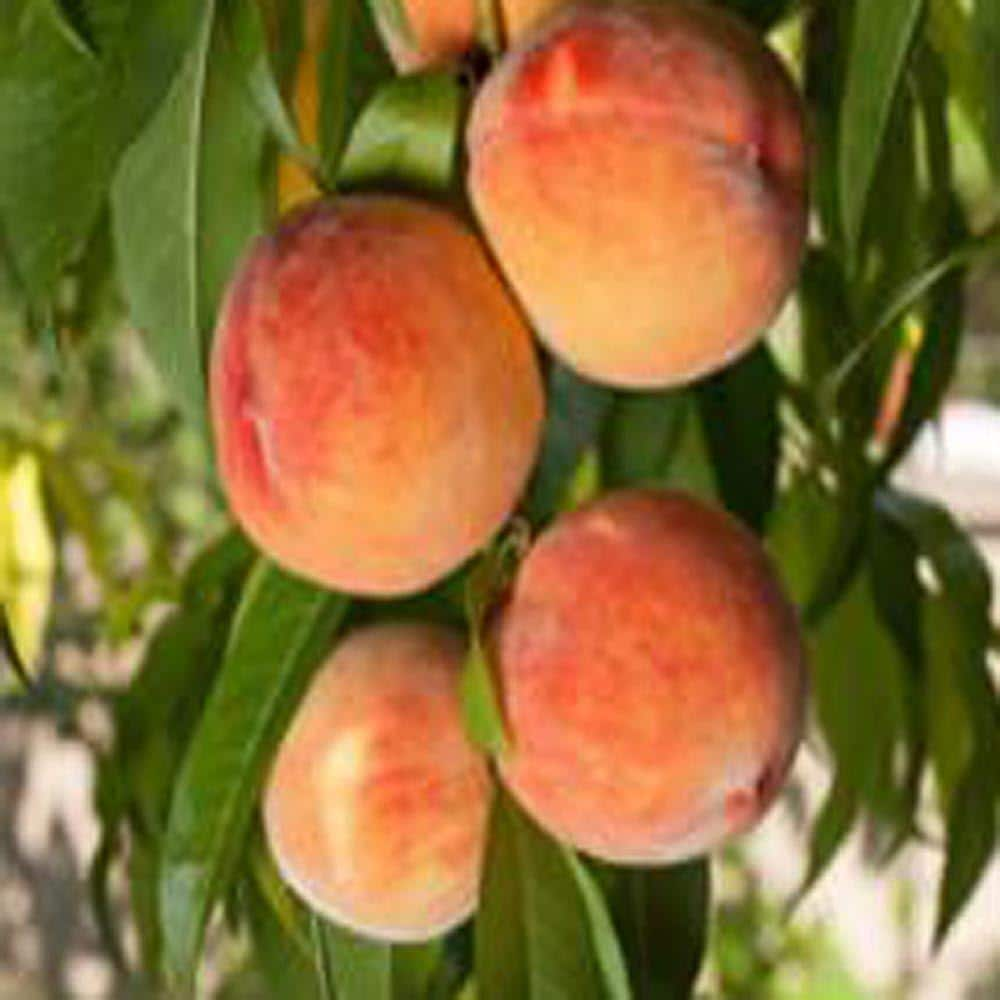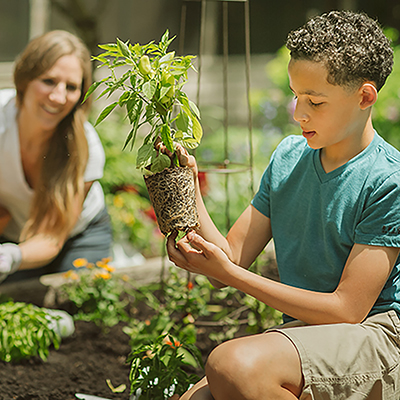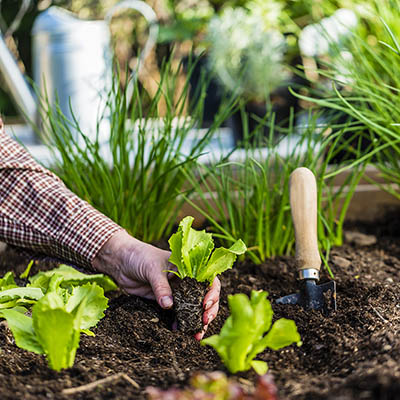Grow Flowers and Veggies Together in an Edible Landscape

Last updated September 7, 2023
Share the unexpected beauty and bounty of vegetables when you add them to your yard among ornamental plants. By embracing the edible landscape trend, you can increase your harvest and remain in the bounds of most homeowners association (HOA) guidelines.
The idea of incorporating edibles into your landscape is not new. Previous generations planted fruit and nut trees and shrubs for sustenance as well as aesthetics. In recent years, as interest in local and organic food has grown, so has interest in edible landscapes.
This guide will cover how to grow flowers and veggies together in an edible landscape.
Table of Contents
Grow Your Own Food
Retrain Your Eyes
Edible Landscapes for Small Spaces
Grow and Give
Grow Your Own Food

Homeowners want organic produce, they want local, and they’re willing to grow it themselves, says Charlie Nardozzi, author of “Foodscaping: Practical and Innovative Ways to Create an Edible Landscape.” While homeowners desire vegetables in their yards, they’re unwilling to sacrifice an attractive landscape. Foodscaping is the answer to seamlessly incorporating edibles into yards.
“The key is right plant, right place,” says Nardozzi. “When choosing plants, look for sun, soil and location.” He recommends looking at your garden space and substituting an ornamental with something edible. Beginning with foundation plants around your home, you can easily grow blueberries among the burning bush, boxwoods and euonymus, for example.
Blueberries are the gateway shrub to building an edible landscape. You get sweet blooms in spring, fruit in summer and red foliage in fall. Blueberries love acid soil, just like their companions azaleas, camellias and hydrangeas.
If you’re replacing a tree in your landscape, or adding a new one, go with a fruit or nut tree that will offer year-round interest. Fruiting cherry trees, plums and persimmons are all good options. Small-space gardeners can have fruit trees, too, in the form of trained espalier trees.
Don’t feel the pressure to eat every last bit of fruit from your trees, though. Another benefit of edible landscapes is that they feed wildlife, too.
Retrain Your Eyes

Instead of mulch under your shade trees, try an edible ground cover. It can help suppress weeds and attract pollinators. Mint, alpine strawberries and nasturtiums make excellent edible ground covers.
Grow grape vines for delicious table grapes in warm climates with mild winters. Grape vines can be trained up a trellis. You only need a garden bed two feet wide.
Working vegetables and herbs into flower gardens requires retraining your eyes. Mature zucchini plants, for instance, fit into a subtropical garden alongside perennial hibiscus and ginger.
Among vegetables, brightly colored peppers and baby eggplant are a natural fit for an edible landscape. A sunny flower bed makes a perfect place for their green foliage and tidy habit partner. Globe artichokes have silver green foliage and a thistle bud that you can eat. If you don’t eat it, it opens to a lovely flower. Even okra has a lemon yellow hibiscus-like bloom.
Tender greens make ideal edging plants, according to garden communicator Brie Arthur. She’s the author of “The Foodscape Revolution: Finding a Better Way to Make Space for Food and Beauty in Your Garden.” In her suburban North Carolina garden, she edges her foundation planting beds with kale and lettuce.
Growing food in your landscape has its challenges. A few tricks will keep you ahead of the game. Near harvest, tomato vines can look a little worse for wear, with blighted leaves and leggy branches. Begin with disease-resistant, determinate and dwarf varieties that are a manageable size and fill in the front of the garden bed with chard, lettuce and kale, Nardozzi recommends.
As another approach, Arthur grows heirloom tomatoes in “Limelight” hydrangeas, letting the shrub support the rambling branches and heavy fruit.
Edible Landscapes for Small Spaces
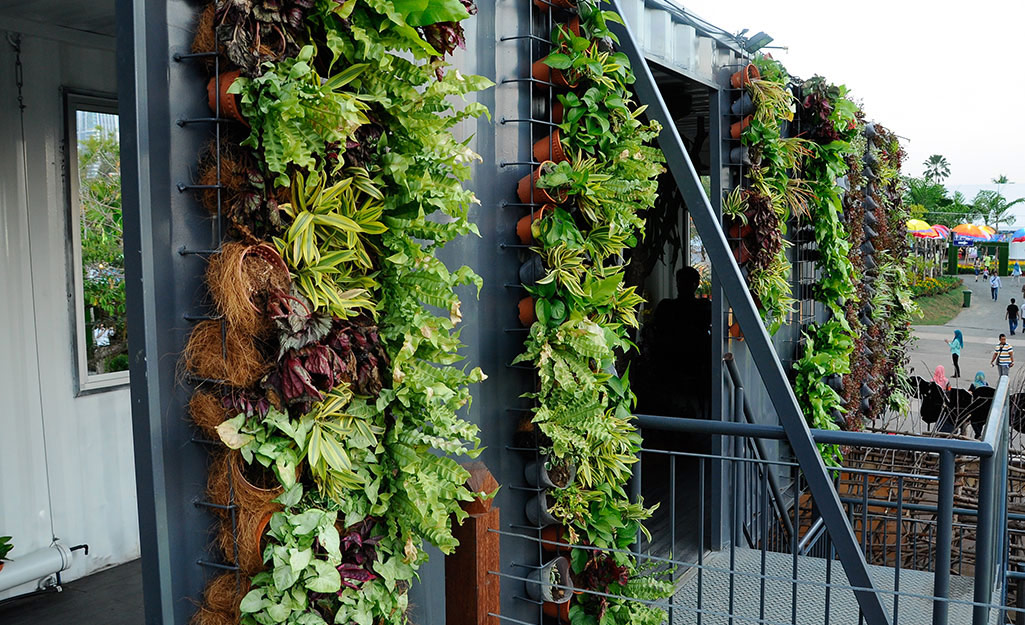
You can plant an edible landscape even if you have an apartment. With container and vertical gardens, plus smart plant choices, you can grow eggplants beside geraniums and basil, and lettuce alongside your balcony door. Choose drought-tolerant varieties. Remember that most veggies like full sun, although some can handle partial shade.
Tips: Use self-watering containers and a time-release fertilizer like Osmocote to keep your plants looking great all summer long.
Grow and Give

Arthur divides her suburban landscape into three zones, from the house to the mailbox. She breaks down the edible landscape by the water and maintenance needs in each zone. Thirsty greens and tomatoes are close to the house. Increasingly more drought resistant edibles like rice, wheat and barley are grown toward the street.
“You want to look at the dead edges, like the space between the sidewalk and the lawn,” Arthur says. She plants these with garlic and onions in winter. In spring, she replaces them with peanuts for a fall harvest. Yes, the peanut plant has sturdy green foliage and a sweet yellow bloom in summer. The peanut bed is bordered with dwarf basil.
With just 50 cloves, or five heads of garlic, you can grow enough garlic for your family with enough left over to give away. Begin with a mulched bed in fall. Thumb in the cloves four to six inches apart, knuckle deep. The garlic will grow through the winter and produce scapes (stalks) in early spring just before harvest.
When working with quick-growing greens, plant early and often. In the heat of summer, switch out with annuals like marigold, salvia or pineapple sage.
Invite kids to help with your edible landscaping, Arthur says. She likes to grow carrots and turnips with neighbor children. “Kids will eat anything they grow. If they grow it, they want to eat it, even if it’s a turnip,” she says.
When you grow flowers and veggies together in an edible landscape, you can enjoy produce and and an appealing garden design. With careful planning, your foodscape can be a fruitful year-round endeavor.
Ready to get plants and supplies to create an edible landscape? The Home Depot delivers online orders when and where you need them.
Brie Arthur can be found online at briegrows.com and Charlie Nardozzi at gardeningwithcharlie.com.


